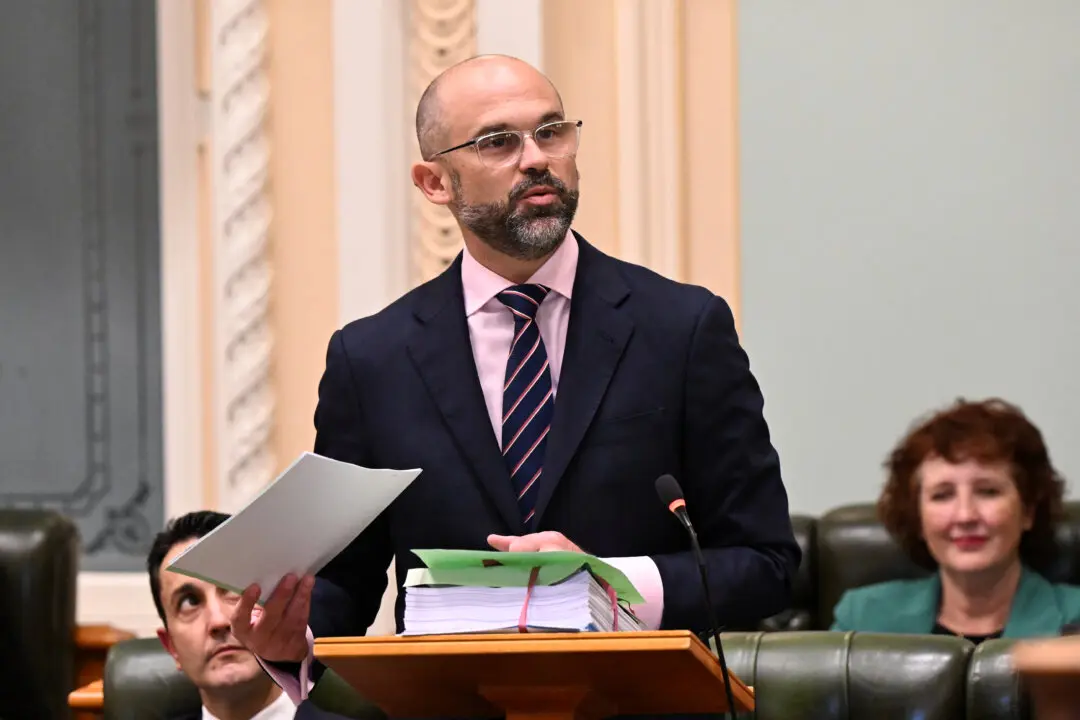The incumbent centre-right Coalition government’s recently announced housing policy—that will allow first home buyers to access their superannuation funds—has been criticised by the opposition, financial sector, and unions over concerns it will cause a spike in residential real estate prices.
Yet in early May, one economist told The Epoch Times that the centre-left Labor Party’s policy had similar consequences for the housing market and that both major parties were not looking at longer-term solutions.





